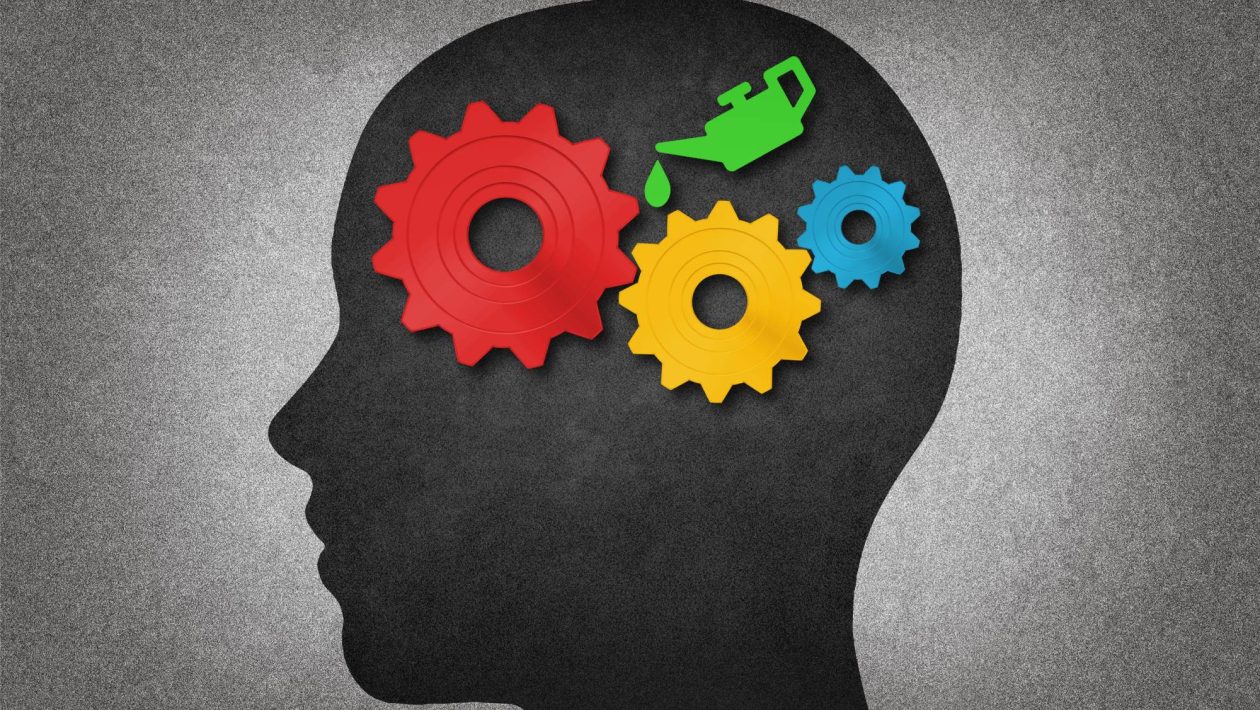The human brain is incredibly complex, responsible for various cognitive, emotional, and behavioral functions.
Under less-than-optimal conditions — such as when a person experiences prolonged and chronic stress, a particularly traumatic event, brain injury, hormonal imbalances, or neurotransmitter deficiencies — a variety of conditions, including attention-deficit / hyperactivity disorder (ADHD), anxiety, depression, and post-traumatic stress disorder (PTSD), can manifest.
Neurofeedback therapy is one of the approaches your therapist can use, with or without medication, to treat these conditions.
Table of Contents
What Is Neurofeedback Therapy?
Neurofeedback therapy is a technology-enabled brain training technique. It involves monitoring your brain activity and transmitting the data to a computer. A computer program analyzes the information and immediately presents the result through an audiovisual medium.
This feedback loop is necessary to alert your brain to desirable brainwave patterns, which can induce it to regulate itself so there will be more of the preferred brain activity.
Brain Mapping
Neurofeedback therapy begins with a brain mapping session, where you will be connected to an electroencephalograph through sensors attached to your scalp. The machine will record your brainwaves, essentially the electrical exchange among the neurons in the brain. To a trained eye, brainwave patterns reveal one’s emotional and neurological condition.
After capturing a dynamic picture of your brain activity, the therapist will know which parts of your brain are overactive and which are under-stimulated. In short, they’ll know which areas of your brain to target and focus on during therapy sessions.
Neurofeedback Therapy Sessions
Typically, you’ll need to attend 20 sessions to experience long-lasting benefits. A session typically lasts for 45 minutes.
The session starts with you seated in front of a television to watch a show or movie. Electroencephalogram (EEG) sensors will be connected to your scalp; they’ll “listen” to the brainwave activity in the specific area of the brain that has been identified for monitoring and therapy.
The EEG machine continuously logs the electrical signals in your brain during the session. The brainwaves are then recorded and analyzed by a computer program. This gives you immediate feedback by manipulating the movie or show you’re watching on TV.
When the EEG records desirable brainwaves, the picture on the TV becomes larger and sharper, and the sound becomes much clearer. These return to their less desirable state when the preferred brain activity passes or ends.
This pattern repeats throughout the session. Consequently, the brain becomes more aware of its own activity and starts trying to regulate brainwave patterns to achieve the desired outcome — better audio and video.
Over time, after several sessions, the brain becomes much better at regulating its activity. This is how neurofeedback therapy can yield lasting benefits.
Benefits of Neurofeedback Therapy
One of the primary advantages of neurofeedback therapy is that it is a non-invasive and medication-free treatment alternative.
Like a non-invasive body contouring treatment that sculpts the body without surgery, neurofeedback therapy can help transform the brain (specifically, its brainwave patterns) painlessly and without surgical or more aggressive intervention. EEG monitoring does not hurt, and the electroencephalograph does not feed the brain any information; it only listens.
This makes neurofeedback therapy an attractive option for individuals who don’t want invasive treatment methodologies, would prefer not to take medication, or have not had success with other therapeutic approaches.
Every person’s brain is unique, and neurofeedback therapy can be tailored to a person’s specific needs and goals. Thus, treatment can be adapted to target particular brainwave patterns associated with specific conditions or symptoms.
This individualized approach can lead to better treatment outcomes and may help to reduce the risk of side effects associated with traditional medications.
Neurofeedback therapy shows promise in treating a variety of conditions. Here are a few examples:
- Anxiety: A study published in Brain and Behavior demonstrates how training alpha activity in the brain’s parietal lobe can effectively reduce anxiety symptoms. A study published in Frontiers in Neuroscience also reflects a similar trajectory, showing how neurofeedback training can effectively relieve anxiety.
- Depression: A study published in the Pakistan Journal of Medical & Health Sciences indicates that neurofeedback therapy can effectively reduce depression symptoms among those with chronic psychosomatic pain. Meanwhile, a pilot study conducted by Orendáčová et al. (2022) published in Plos One, shows neurofeedback therapy can help reduce the severity of post-COVID anxiety and depression.
- Attention deficit hyperactivity disorder (ADHD): Therapists were interviewed in a qualitative study, and the results, published in Health SA Gesondheid, Journal of Interdisciplinary Health Sciences, show neurofeedback therapy can be effective as a treatment for ADHD. A meta-analysis published in Scientific Reports shows neurofeedback therapy can be effective against inattention in adolescents and young adults.
- Post-traumatic stress disorder (PTSD): A systematic review and meta-analysis conducted by Hong and Park published in the International Journal of Environmental Research and Public Health shows that neurofeedback therapy can be effective against PTSD symptoms, with its effect potentially higher than on the symptoms of anxiety and depression.
Neurofeedback Therapy for Brain Training
Neurofeedback therapy is a promising approach to enhancing the way the brain works. It trains the brain by empowering it to regulate itself, thereby reducing symptoms of anxiety, depression, ADHD, and other conditions.
Neurofeedback training is a non-invasive and medication-free treatment option. You may talk to your therapist about it if you’d prefer a no-medication approach tailored to your specific needs that can provide lasting benefits.
AUTHOR BIO:
Dr. Upasana Gala is the founder and CEO of Evolve Brain Training, an award-winning neurofeedback-centered institute that focuses on using non-invasive brain training techniques to maximize the brain’s true potential. Earning a doctorate in Neuroscience from the revered Baylor College of Medicine, Dr. Gala has spent over a decade trying to unravel the way neurochemical and neurophysiological changes in the brain affect the way we interact with the world. Her goal is to share her knowledge, encourage others to tap into and expand their brain’s capabilities, and dispel any myths surrounding our most complex organ.

